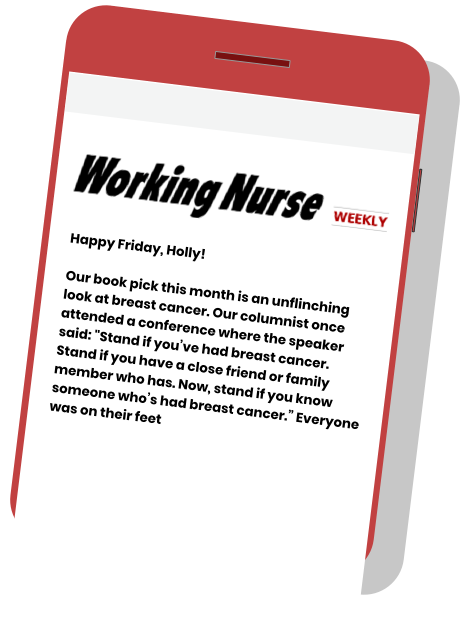Nursing & Healthcare News
Patient Handling Injuries
California law has helped, but better staffing may be needed
It’s now been almost five years since California implemented statewide standards for safer patient handling. New research shows that there’s still room for improvement.It’s now been almost five years since California implemented statewide standards for safer patient handling. New research shows that there’s still room for improvement.
Assessing the Regulations
Implemented in October 2014, California’s safe patient handling regulations have required hospitals to introduce additional equipment, procedures and training to help staff move patients with less risk of injury. The big question: Has it helped?
UCSF researcher Soo-Jeong Lee, RN, Ph.D., ANP, has spent years studying workplace injuries among healthcare workers. To assess the impact of the California law, she and her colleagues surveyed nurses in 2013 and 2016, both before and after the Cal/OSHA safe patient handling regulations took effect.



